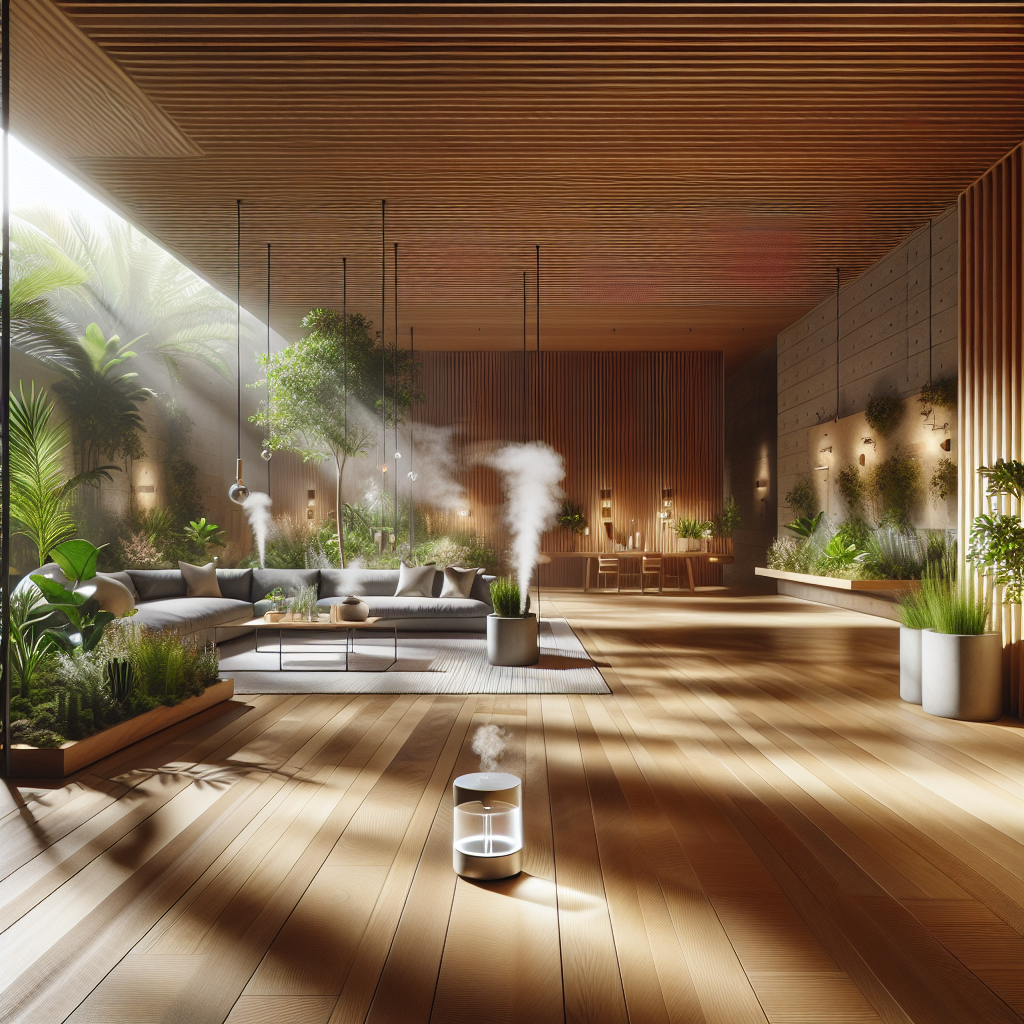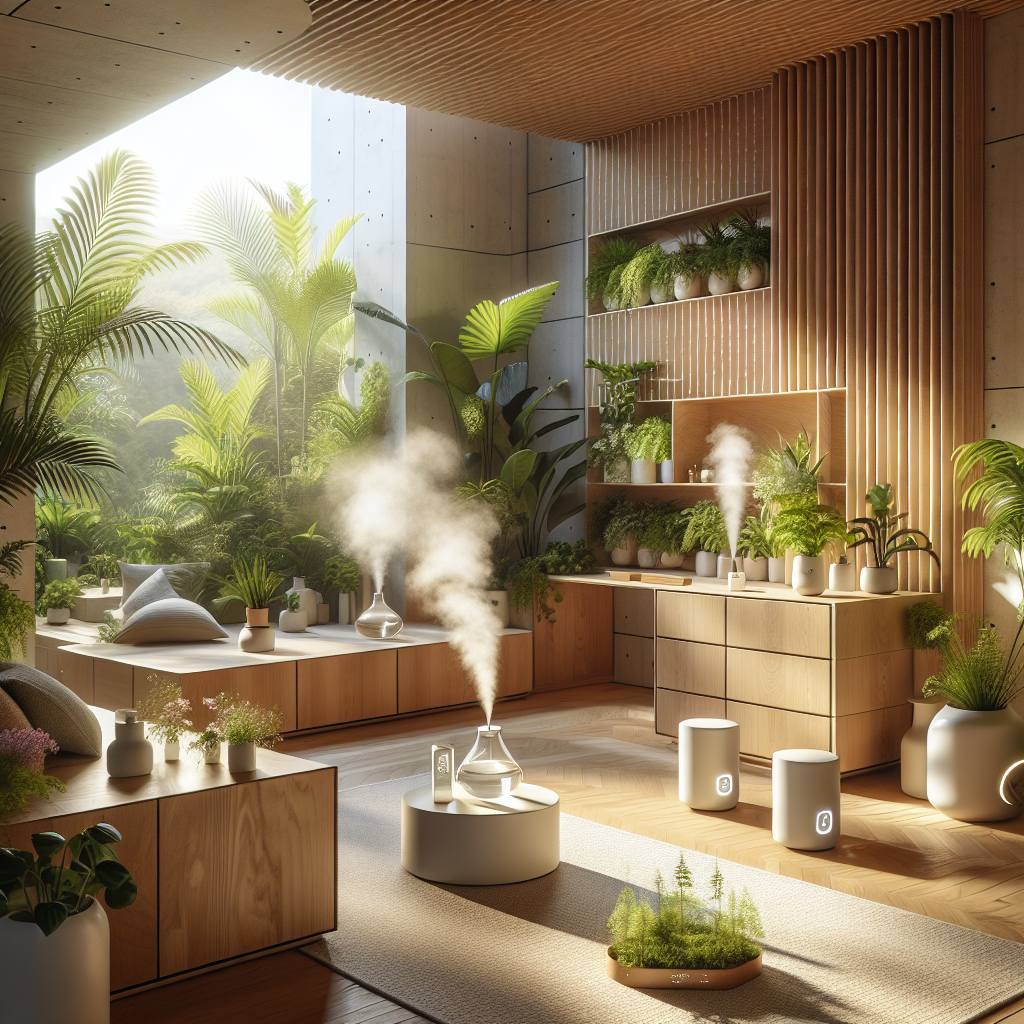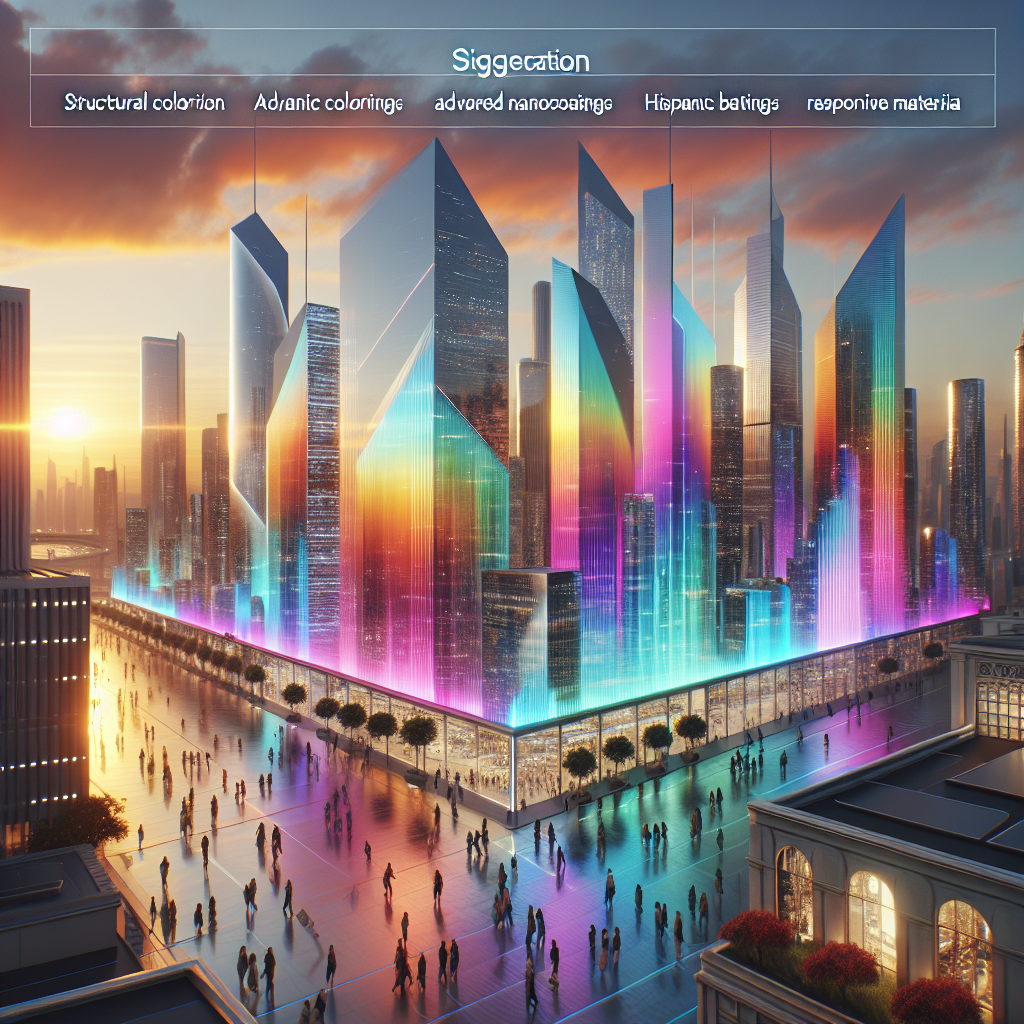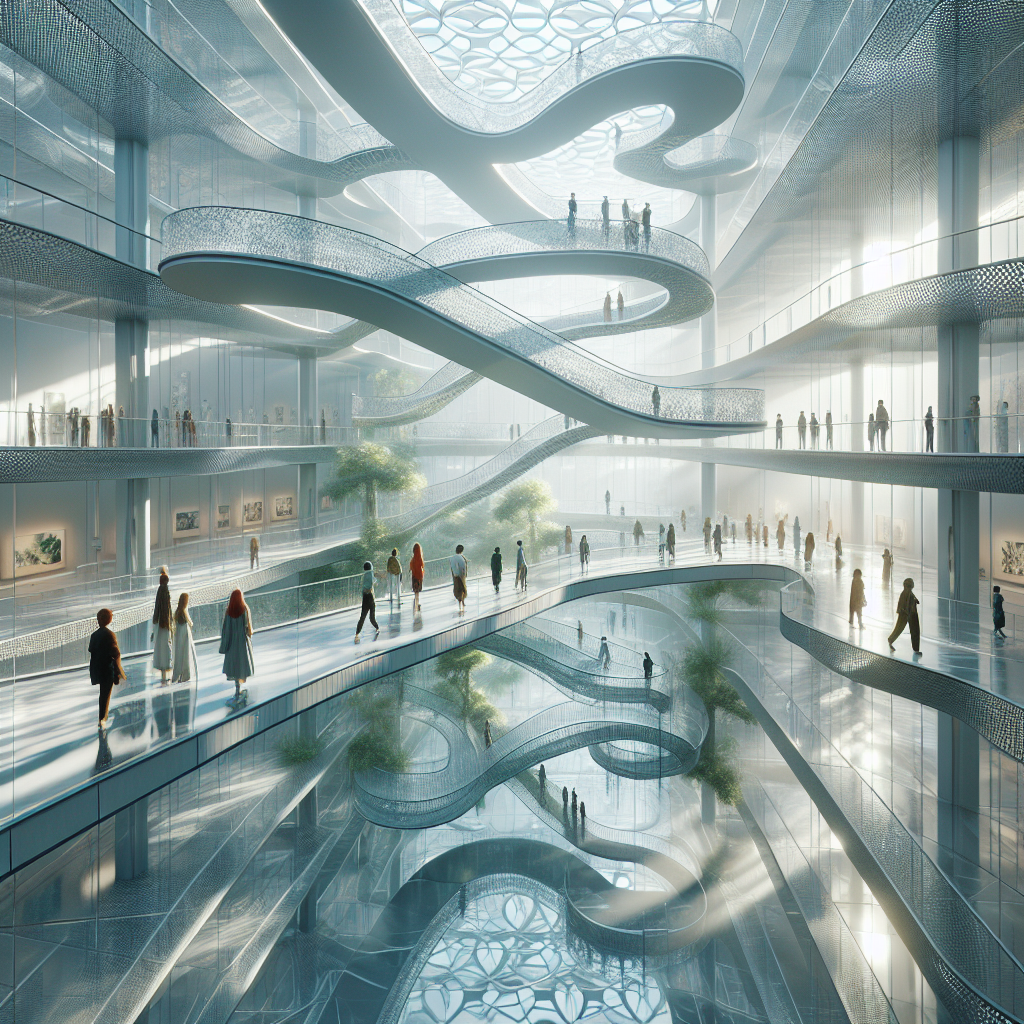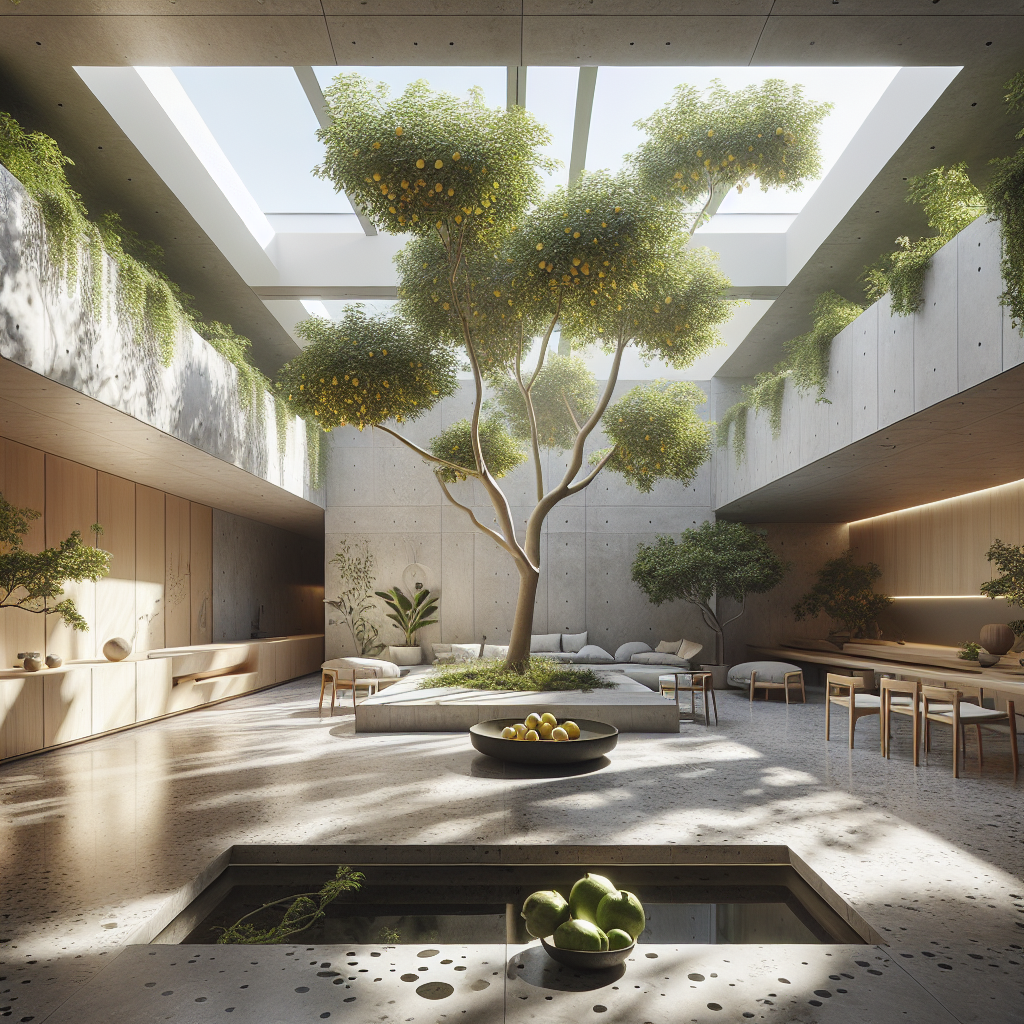Scent-activated environments: designing homes around aromatherapy experiences
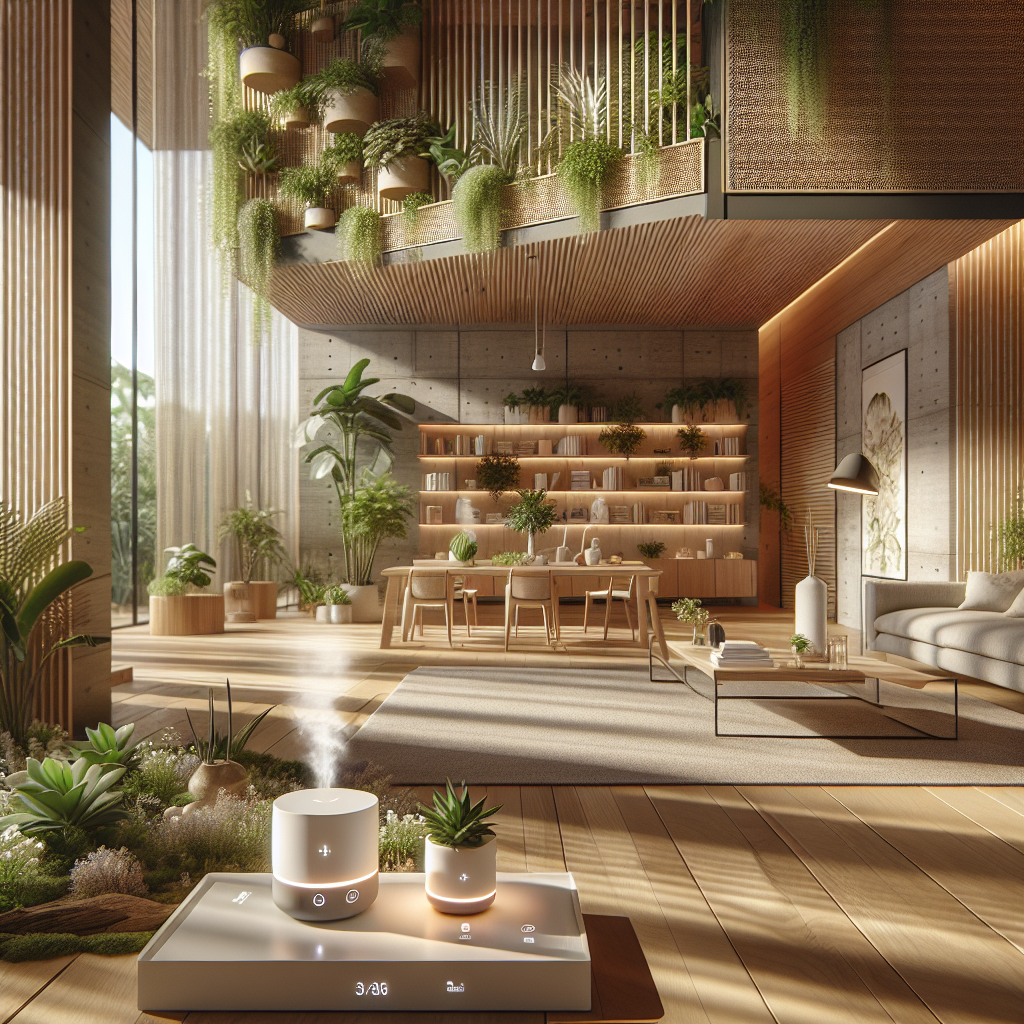
Scent-Activated Environments: Designing Homes Around Aromatherapy Experiences
In the evolving landscape of sensory design, the sense of smell—long overshadowed by sight and sound—is finally claiming its rightful place in architecture and interior design. As wellness-driven living becomes a cornerstone of contemporary home design, scent-activated environments are emerging as a sophisticated frontier. These spaces use aromatherapy not merely as an accessory but as a structural and experiential element—transforming how we inhabit, perceive, and emotionally respond to our surroundings.
The Rise of Olfactory Architecture
Designing with scent is not new. Ancient civilizations—from Egyptian temples infused with myrrh to Japanese incense ceremonies—understood the profound psychological and spiritual effects of fragrance. What’s new is the integration of smart home technology and biophilic design principles, enabling architects and designers to embed scent directly into the built environment. The result is a new kind of multisensory architecture—spaces that react to human presence, time of day, or even mood.
Recent advances in aromatherapy research underscore its measurable benefits: reduced stress, improved sleep, and enhanced cognitive performance. In parallel, the global wellness real estate market—valued at over $400 billion according to the Global Wellness Institute—has driven demand for homes that support emotional and physiological well-being. Architects are responding by crafting interiors that engage the olfactory sense as deliberately as they do light, acoustics, or texture.
Technology Meets the Senses
At the heart of scent-activated design lies technology. Smart diffusers, air filtration systems, and responsive HVAC units now allow scents to be programmed, layered, and spatially zoned. Imagine entering a foyer that greets you with a subtle burst of citrus to energize the morning, while your bedroom releases lavender at dusk to cue relaxation. These systems can be synchronized with circadian lighting, soundscapes, and temperature controls to create holistic wellness environments.
Designers are also experimenting with micro-encapsulated materials—textiles, paints, and plasters that release fragrance through touch or temperature changes. Projects like the “Fragrant Architecture” initiative in Milan have demonstrated how walls infused with essential oils can create immersive, mood-enhancing interiors. This approach parallels innovations seen in biophilic design, where natural elements are integrated to nurture human health and connection to nature.
Spatial Storytelling Through Scent
Just as light can sculpt a room’s atmosphere, scent can choreograph its emotional rhythm. In olfactory architecture, each space becomes a narrative chapter. The kitchen might evoke warmth with notes of rosemary and cedar, while a reading nook could be imbued with sandalwood for focus and calm. The key lies in balance—creating transitions between scents that feel seamless rather than overwhelming.
Luxury developers are already exploring this concept. In Tokyo, the “Scented Living” penthouse by Kengo Kuma & Associates integrates cedarwood-infused ventilation ducts that subtly echo the aroma of surrounding forests. In Copenhagen, a wellness retreat designed by Norm Architects uses scent zoning to delineate meditation, bathing, and sleeping areas—each calibrated to specific emotional states. These projects exemplify how aromatherapy architecture can elevate the sensory depth of residential design.
Materiality and the Invisible Layer
Designing with scent demands a rethinking of materiality. Porous surfaces like clay, lime plaster, and untreated wood can absorb and release essential oils naturally, while synthetic coatings may trap or distort them. This interplay between material and aroma introduces a new dimension to sustainable design, where natural materials not only look and feel organic but also smell alive.
Architects are increasingly collaborating with perfumers and neuroscientists to fine-tune olfactory experiences. The process resembles acoustic engineering—mapping airflow, diffusion rates, and scent persistence. Some designers are even integrating scent into structural elements, echoing experimental work seen in fragrant architecture prototypes, where essential oils are embedded within plaster or timber frameworks.
Wellness and the Science of Emotion
According to studies published in the Journal of Neuroscience, olfactory stimuli are directly linked to the limbic system—the brain’s emotional center. This makes scent one of the most powerful triggers of memory and mood. In architectural terms, this means designers can craft spaces that emotionally resonate with occupants on a subconscious level.
For instance, eucalyptus and peppermint have been shown to enhance alertness, making them ideal for home offices or creative studios. Meanwhile, jasmine and chamomile can reduce anxiety, perfect for bedrooms or meditation zones. The emerging field of neuro-architecture is beginning to incorporate these findings, aligning olfactory design with cognitive and emotional wellness strategies already used in responsive design and adaptive interiors.
Designing for Personalization
One of the most compelling aspects of scent-activated environments is their potential for personalization. With AI-driven home systems, residents can curate their own olfactory profiles—adjusting intensity, timing, and fragrance blends according to mood or activity. This aligns with the broader movement toward bespoke living environments, where homes evolve dynamically with their inhabitants.
Imagine a living room that shifts from energizing citrus in the morning to grounding vetiver by evening, or a bathroom that syncs eucalyptus steam with the rhythm of a shower. Such responsive systems redefine the concept of comfort, merging sensory pleasure with technological precision. It’s a vision reminiscent of the seamless integration seen in smart home design, yet with a distinctly human, emotional dimension.
Challenges and Ethical Considerations
While the promise of scent-activated architecture is immense, it also raises critical questions. How do designers account for scent sensitivities or allergies? How can fragrances be sourced sustainably without contributing to environmental degradation? Ethical design demands transparency—using natural, non-toxic ingredients and offering occupants control over their sensory environment.
There’s also the challenge of cultural perception. Scents carry deep symbolic meanings across societies—what evokes serenity in one culture may feel intrusive in another. As olfactory design becomes more global, architects must approach scent with the same cultural sensitivity they apply to form, color, and light.
The Future of Sensory Architecture
The integration of scent into architecture signals a broader shift toward multisensory design—a movement that redefines how we experience space. As homes evolve into sanctuaries of mental and physical well-being, the invisible architecture of aroma will play an increasingly vital role. It’s a design language that speaks directly to the subconscious, weaving emotion, memory, and identity into the very air we breathe.
In the coming years, we can expect to see olfactory design expand beyond private residences into hospitality, retail, and healthcare environments. Hospitals experimenting with lavender-infused waiting rooms report measurable reductions in patient anxiety, while boutique hotels use signature scents to craft brand identity. As the boundaries between architecture, neuroscience, and wellness continue to blur, scent may well become the most intimate and transformative design tool of the 21st century.
Ultimately, scent-activated environments invite us to reconsider what it means to feel “at home.” They remind us that architecture is not only about what we see or touch—but also about what we breathe, remember, and feel. In this new era of design, the air itself becomes an architectural material, and fragrance a form of spatial poetry.
Keywords: scent-activated environments, aromatherapy architecture, olfactory design, sensory architecture, wellness design, smart home aromatherapy, biophilic interiors
